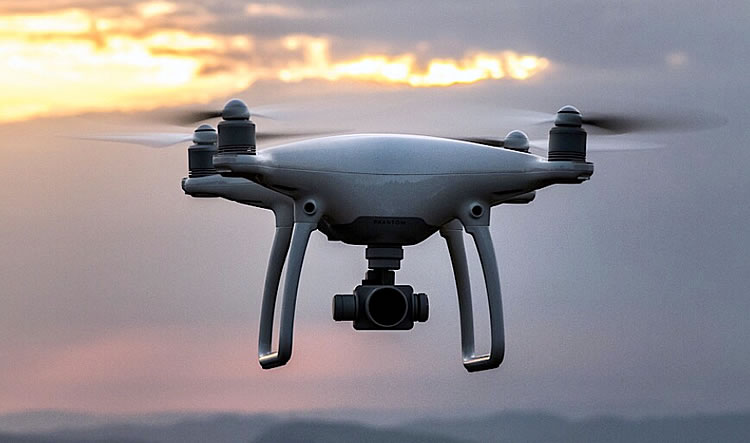
Drones offer a lot of potential to the UK economy, but to fulfil that potential they need to be able to fly in the same space as manned aircraft, which, right now, is dangerous. But that’s where the National Beyond Visual Line of Sight Experimentation Corridor (NBEC) consortium comes in, and it’s a consortium which Vodafone has just joined to provide it with 5G and 4G connectivity.
With Vodafone’s help, the consortium is carving out a controlled strip of airspace between Blue Bear’s facility in Oakley, Bedford and Cranfield University – both of which are members of the consortium.
This strip - dubbed an ‘experimentation corridor’ – will be used to test and show how 5G and 4G mobile technology can keep track of the location of drones in real-time, which is something that’s necessary if they’re going to fly beyond visual line of sight and ultimately share airspace with manned aircraft.
Right now GPS is used to get location information, but this is apparently susceptible to “jamming and compromise” so 5G could be used to provide an additional location source, meaning that if something affects the GPS the drone can still be identified and tracked.
Anne Sheehan, Director, Vodafone Business UK, said: “Drones offer exciting opportunities for the future that will benefit society and the economy. However, we need to make sure they are used safely and responsibly. We are delighted to bring our mobile connectivity expertise to the NBEC consortium so that drone technology can be further tested and developed.”
Lots of money and lots of jobs
If and when these trials lead to more widespread, safer drone use, that could help enable a contribution of £42 billion to the UK’s GPD by 2030, according to research from PwC. It could also apparently lead to £16 billion in annual cost savings and create more than 600,000 jobs.
This isn’t the first time Vodafone has experimented with the potential of 5G with drones. Previously we’ve reported on Vodafone using drones to check on the status of mobile sites, for example.
And in other drone news, the 5G Rural Integrated Testbed (5GRIT) has previously explored the potential for using 5G-powered drones to monitor crops and livestock.
Meanwhile, BT, Verizon, Ericsson and King’s College London have run a drone demo highlighting how 5G drones could be used to help in disasters and emergency situations. So it seems drones have a bright future, one that’s just been waiting for faster mobile technology.





